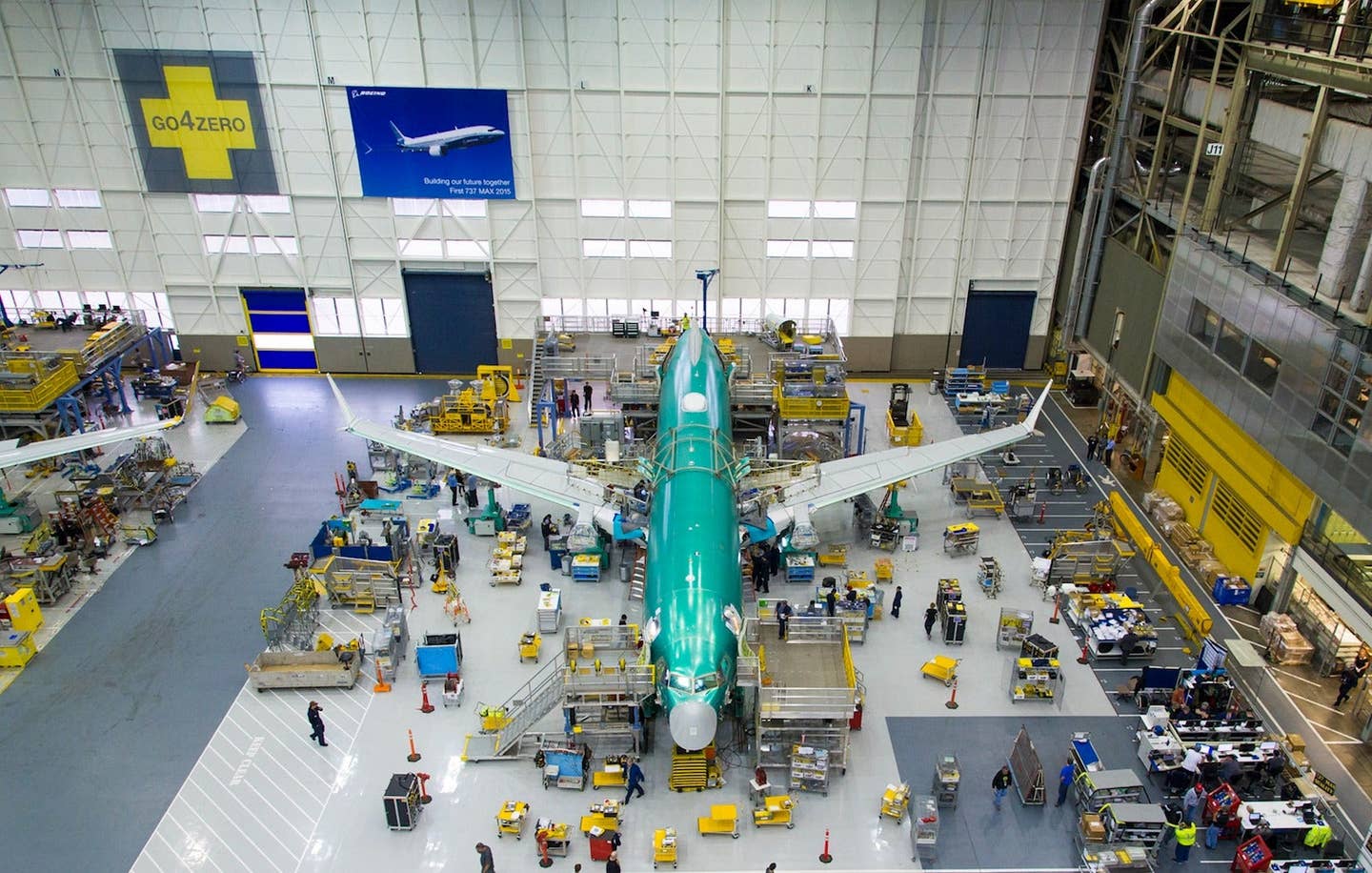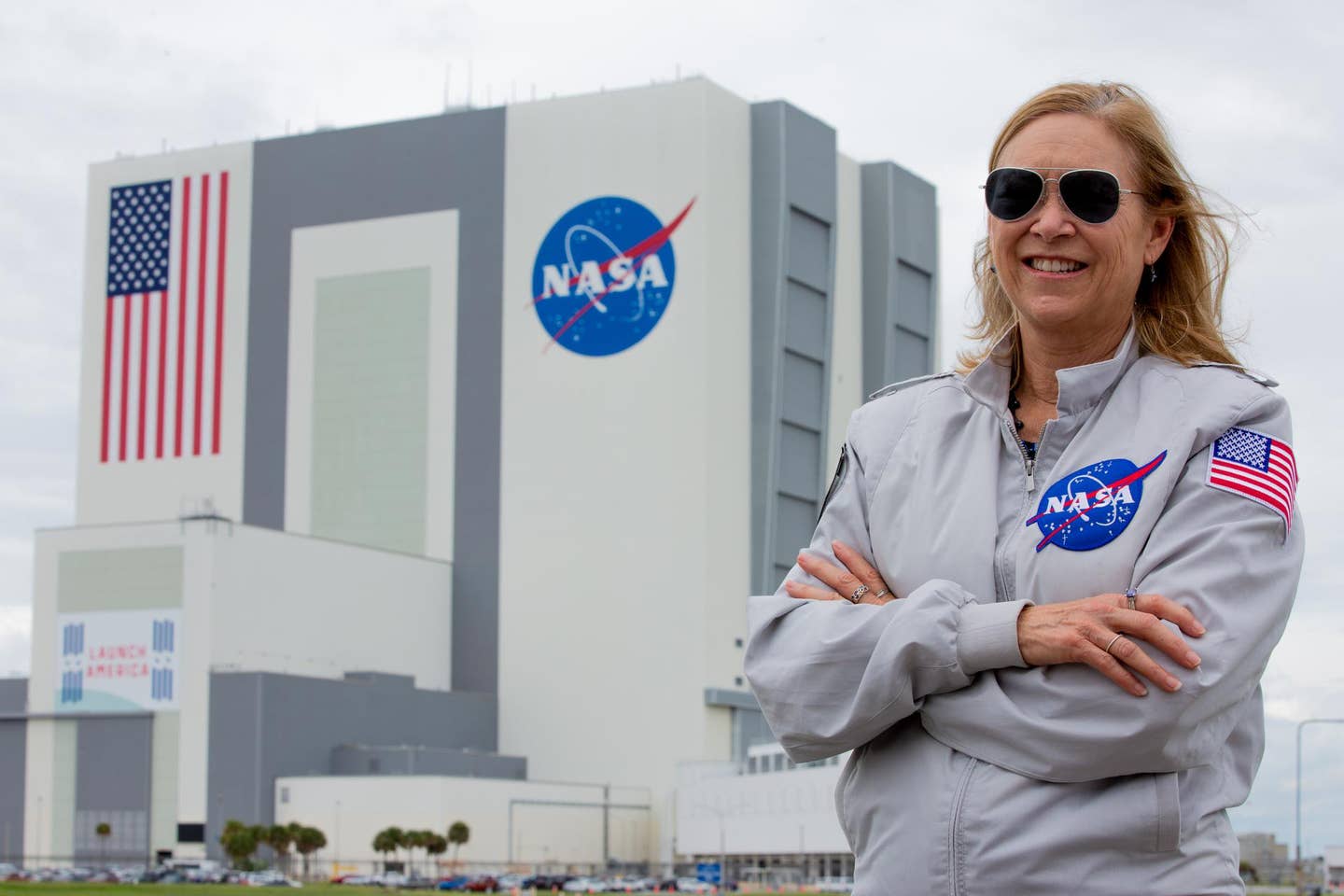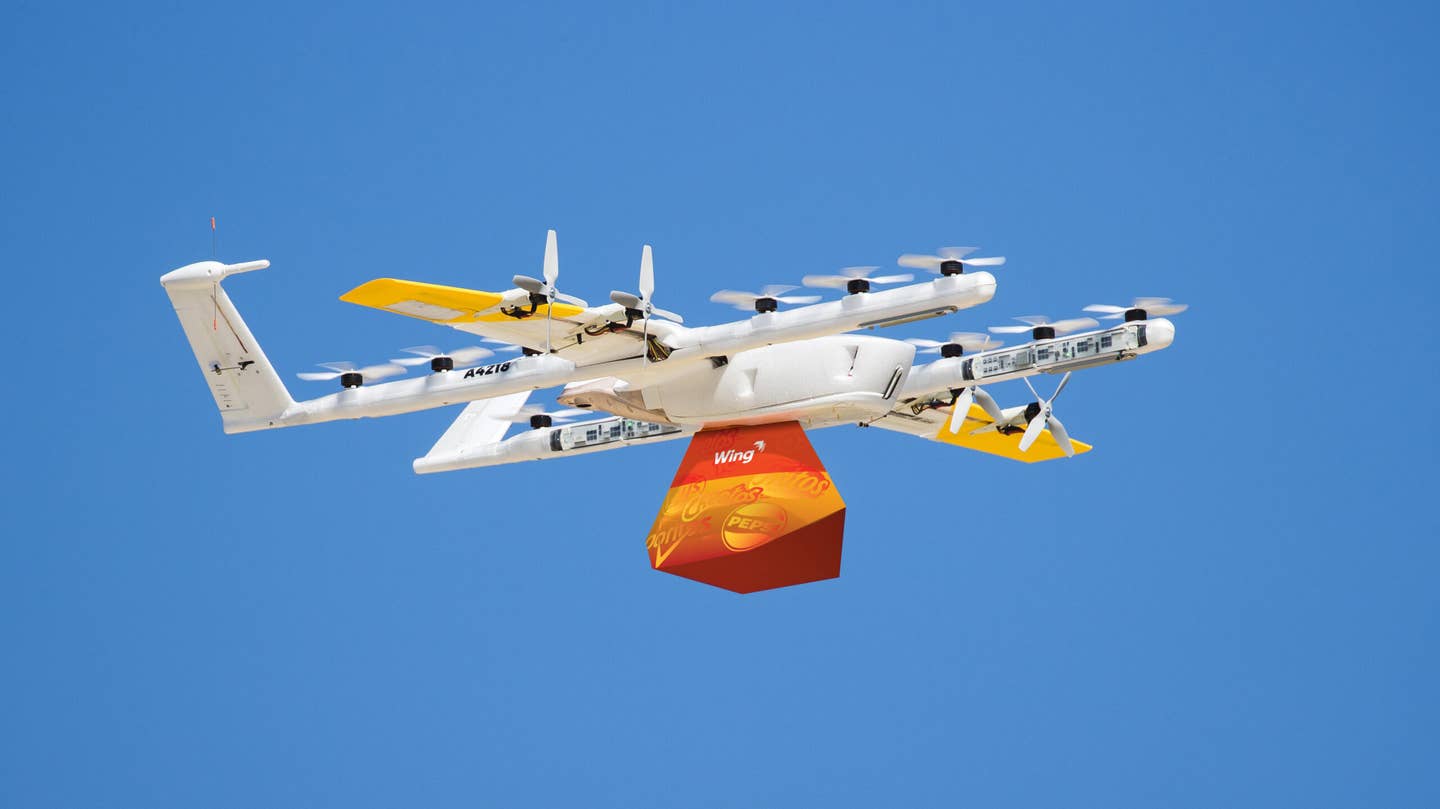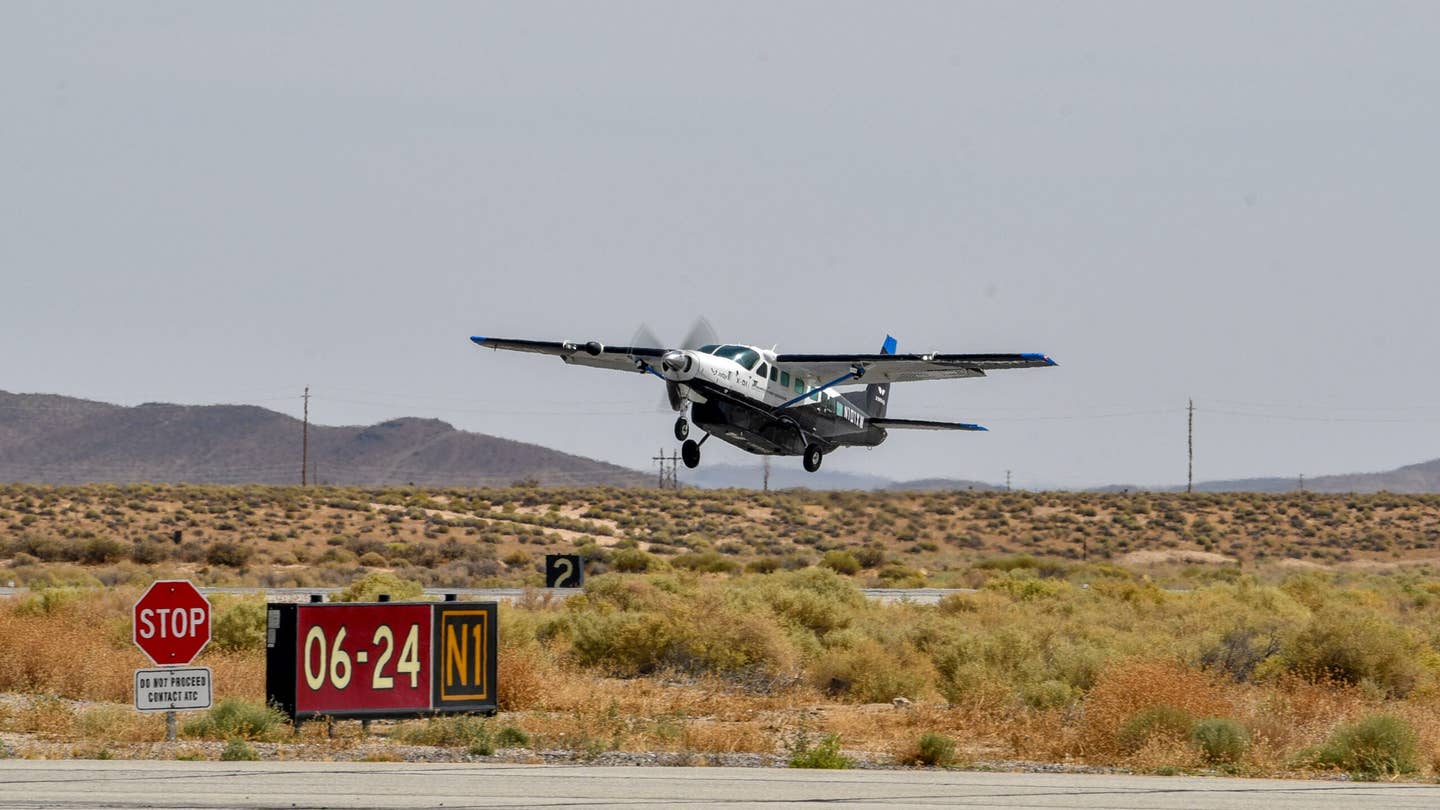
Courtesy of NASA
Contracts designed to make greener, quieter airplanes awarded to industry and academic teams.
Research teams from Boeing, Massachusetts Institute of Technology (MIT), Cessna Aircraft Company and Northrop Grumman Systems have received a total of $16.5 million to develop technologies for quiet, more fuel efficient airplanes to enter service between 2030 and 2035. The time period has been named N+3 by NASA, representing technological developments three generations ahead of the airplanes in service today. NASA’s Aeronautics Research Mission Directorate in Washington is funding the work, which will be overseen by the Subsonic Fixed Wing Project at the Glenn Research Center in Cleveland and the Langley Research Center in Virginia.
The new contracts are a continuation of a study conducted by the same teams from October 2008 to April 2010. Based on that study, concepts and models will now be developed and tested in computer simulations, laboratories and wind tunnels.
Boeing was awarded $8.8 million for its Subsonic Ultra Green Aircraft Research (SUGAR) project. It will develop wind tunnel mockups and computer models of truss-based wing designs, continue its work on hybrid engine technology and study lightweight materials and engine concepts for even more futuristic airplanes.
MIT’s team is working on a new airplane design with a “double bubble” fuselage (two partial cylindrical tubes placed side-by-side) which will enable greater passenger loads, and a small size, high-efficiency engine. MIT’s project was awarded $4.6 million.
The team at Cessna is using its $1.9 million funding in an attempt to develop a “magic skin” that would be able to heal itself, help insulate the cabin from noise, and protect the airplane from lightning, electromagnetic interference, extreme temperatures and impacts.
Finally, $1.2 million was awarded to Northrop Grumman for testing a smoother leading edge design which would create a quieter, more efficient airplane.

Sign-up for newsletters & special offers!
Get the latest FLYING stories & special offers delivered directly to your inbox






